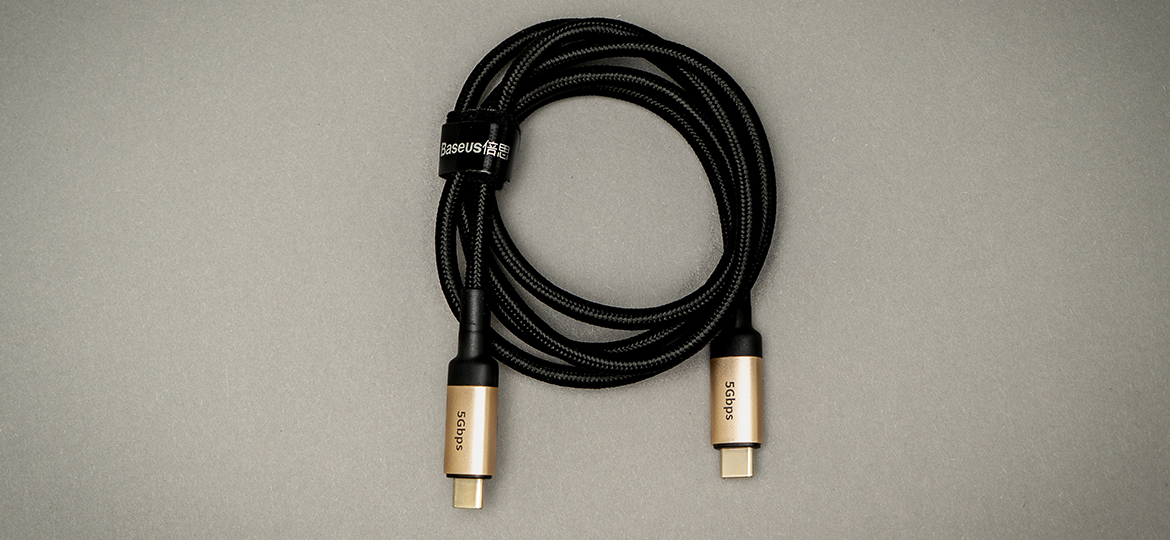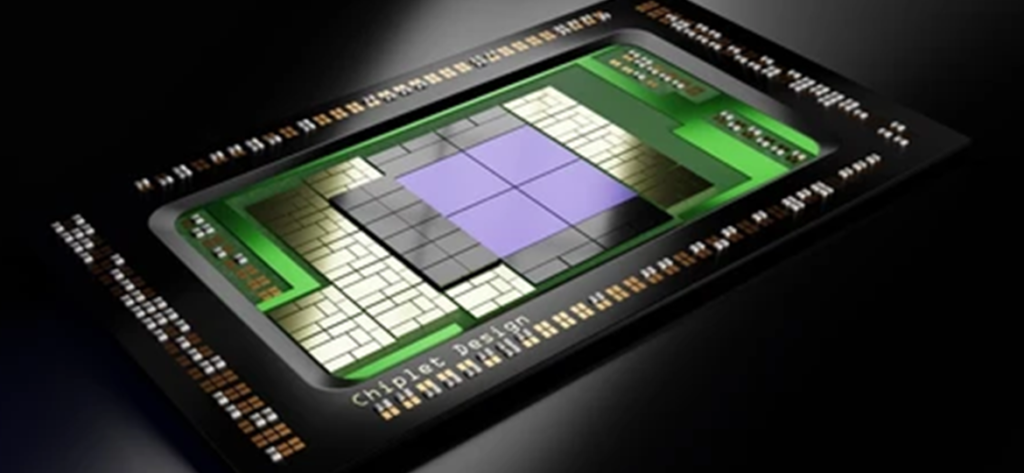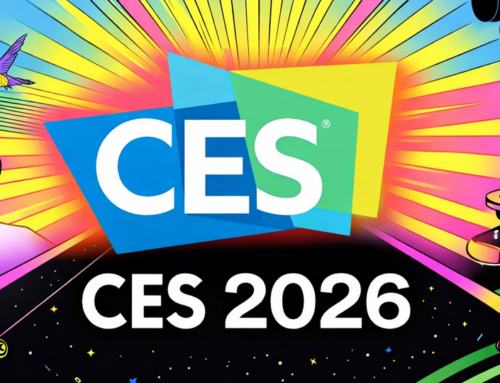Industry Trend Report|Type C Unification Trend, Supply Chain Flexibility Analysis
At TSMC's opening ceremony in Arizona, the founder of TSMC, Mr. Chun-Mou Chang, said in his speech that geopolitical changes have brought about a new situation in the world, where globalization is dead and free trade has almost come to an end. These words, spoken by Mr. Chun-Mou Chang, the godfather of the semiconductor industry, who has dedicated his entire life to the technology and semiconductor industry, are thought-provoking. Whether one agrees with him or not, it is undeniable that in the course of the tug-of-war between the U.S. and China, it is worthwhile to pay attention to the geopolitical impacts of enterprises in the supply chain, especially in the technology/semiconductor industry, which is a must for all soldiers. As the trend of USB Type-C (hereinafter referred to as USB-C) has taken shape in major markets around the world, we discuss USB-C supply chain resilience in terms of the approaches and layouts adopted by companies in the supply chain.
In order to reduce e-waste, three major markets in Europe, the U.S. and China use policies to establish uniform standards for transmission interfaces.
At the end of 2021, the European Parliament proposed a "single charging interface" bill to reduce e-waste, followed by the U.S. announcing in June that it would follow up on the EU's proposal in Congress. In October 2022, the EU bill was passed, announcing that starting in the fall of 2024, only USB-C interfaces could be used for consumer electronics products sold to EU countries. Coincidentally, China's Ministry of Industry and Information Technology (MIIT) stated for the first time in February 2022 that there is currently a co-existence of USB-C and other interfaces in the terminal smartphone market, which results in idle cables and excessive e-waste after the purchase of new electronic products. As China is currently actively promoting 2060 net zero carbon emissions, reducing electronic waste will be an important part of the manufacturing industry, the future will be committed to promoting the convergence and unification of charging interface technology, although it does not specify which charging interface will be used, but taking into account that the USB-C has been commonly used in the mobile phone market, it is no surprise to change the lowest cost of the USB-C to lean towards. In addition to the USB-C interface, China will also target other extensions of the charging head and other related electronic components to promote the Chinese standard into an international standard. Thus, the intention of the world's three major markets to unify the interface is clear, and the trend of USB-C is confirmed.










